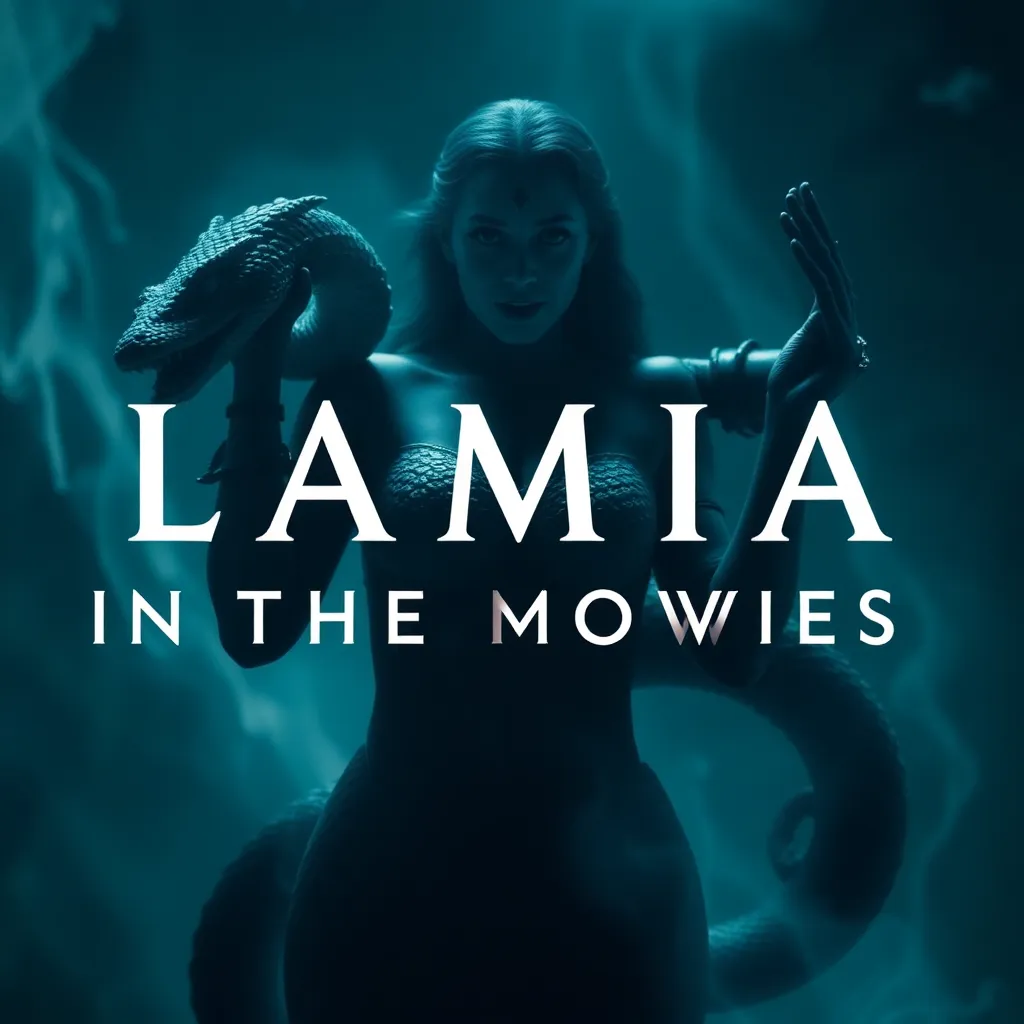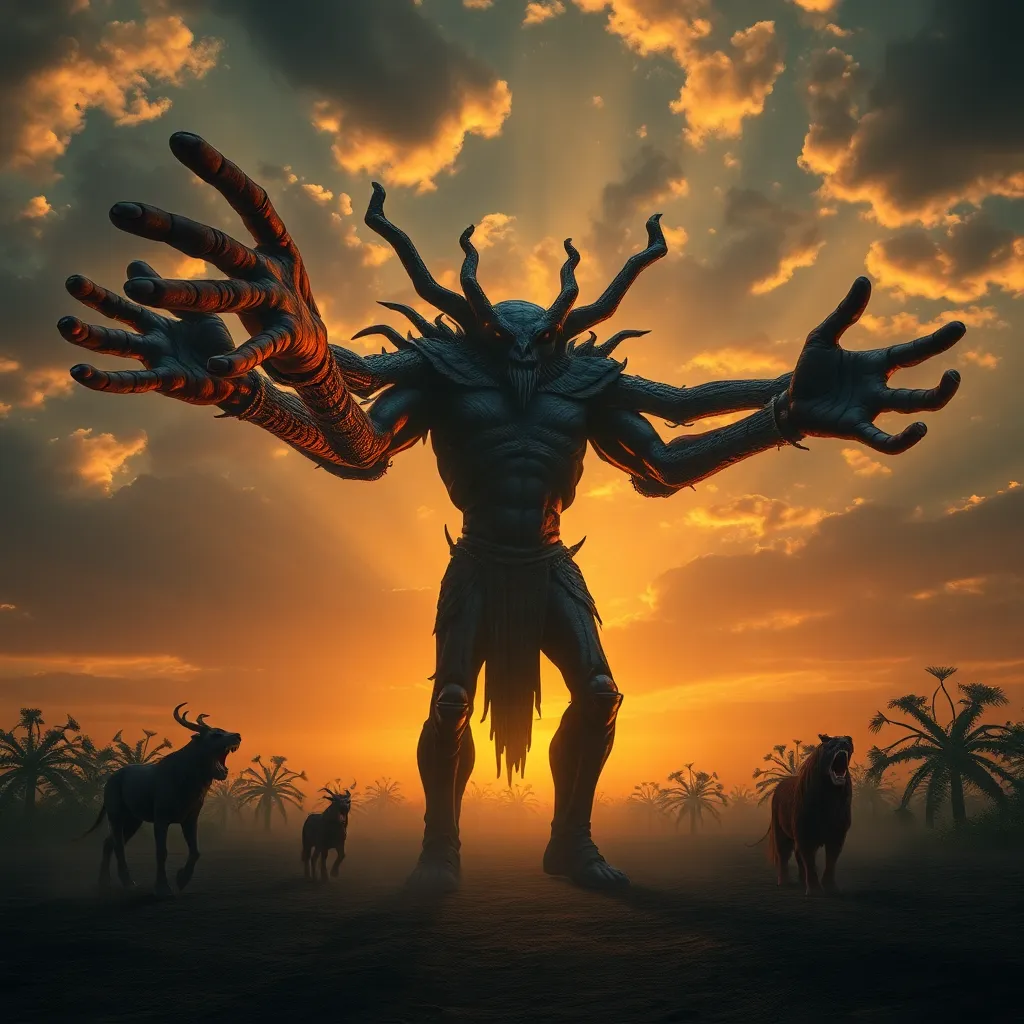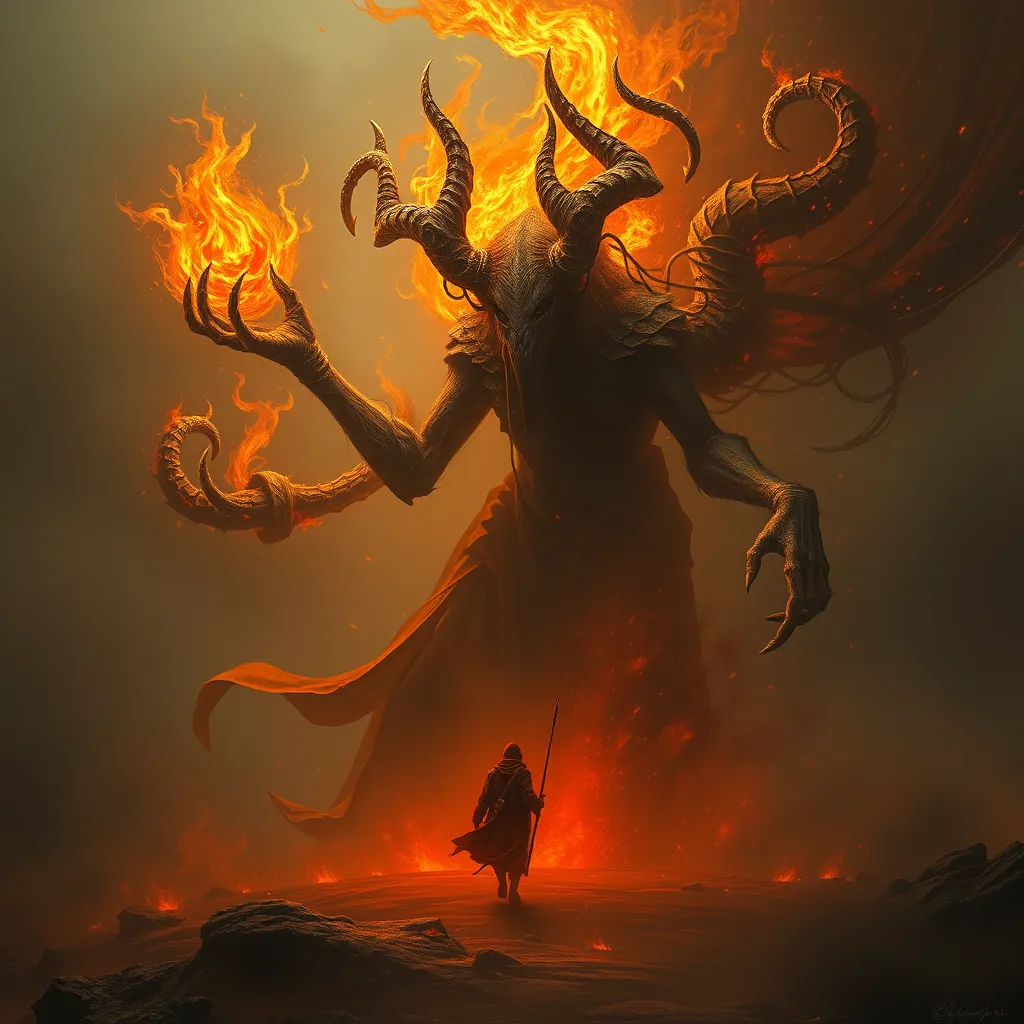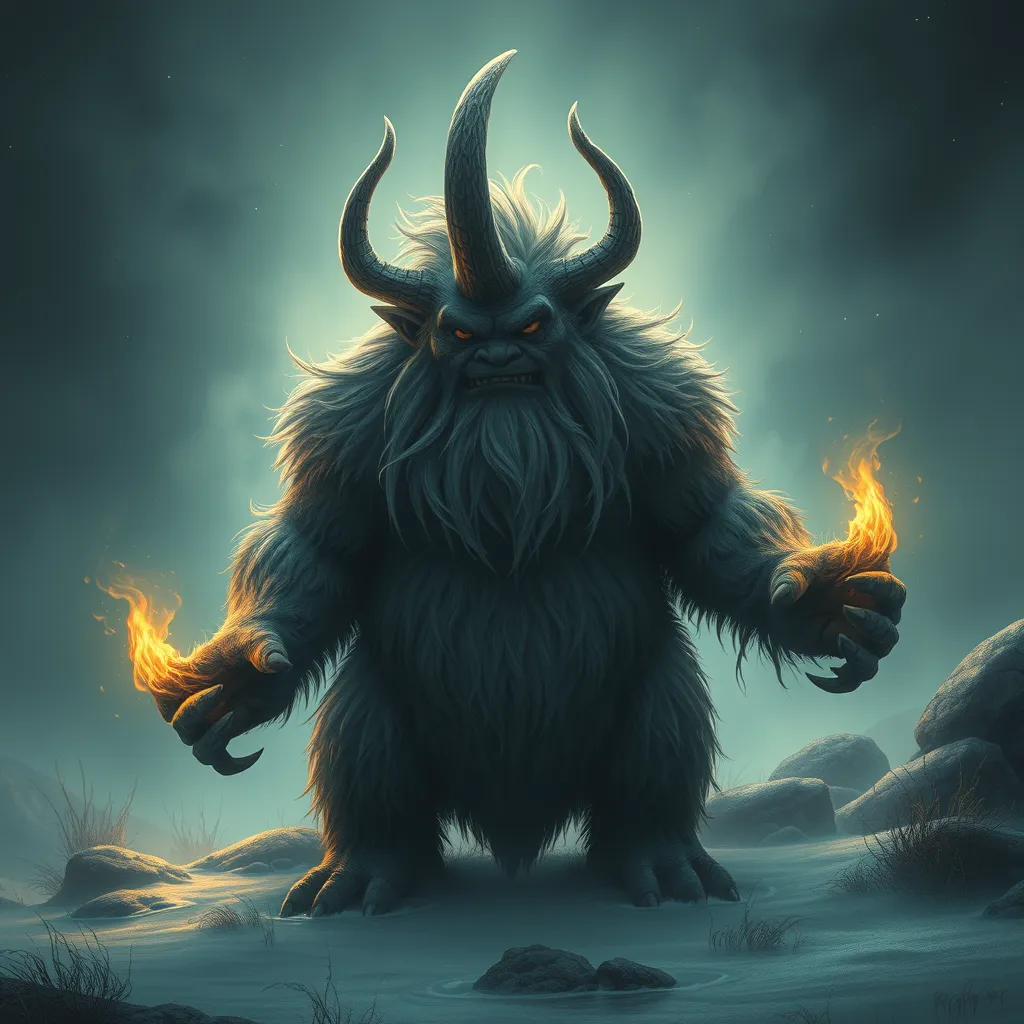Lamia in the Movies: Examining the Depiction of the Serpent Woman in Film and Television
I. Introduction
The figure of Lamia has intrigued audiences for centuries, rooted in ancient mythology and evolving through various cultural lenses. In mythological terms, Lamia is often depicted as a serpent woman, a figure imbued with both terror and seduction. Her tragic backstory—often tied to the loss of her children and her subsequent transformation—adds layers to her character, making her a fascinating subject for exploration in film and television.
In popular culture, Lamia’s significance extends beyond mere horror tropes; she represents deeper themes of motherhood, loss, and female empowerment. This article aims to analyze Lamia’s representations in film and television, tracing her evolution from myth to modern media and examining the implications of her portrayals.
II. The Mythological Background of Lamia
A. Historical context and origins in ancient Greek mythology
Lamia’s origins can be traced back to ancient Greece, where she was a beautiful queen of Libya, loved by Zeus. Her life took a tragic turn when Hera, Zeus’s wife, became jealous and caused Lamia to lose her children. In her grief, Lamia transformed into a monstrous being, often depicted with the lower body of a serpent. This transformation serves as a narrative device that reflects themes of vengeance and despair.
B. Transformation into the serpent woman archetype
The metamorphosis into a serpent woman symbolizes the duality of Lamia’s nature—she embodies both beauty and horror. This archetype has been interpreted in various ways, often reflecting societal fears and fascinations with female sexuality and power.
C. Lamia’s symbolism and themes in mythology
- Loss and grief: Lamia’s transformation is a direct result of her maternal loss.
- Vengeance: Her anger towards those who wronged her fuels her predatory nature.
- Femininity: Lamia’s story interrogates the societal constructs surrounding women and their roles.
III. Early Representations of Lamia in Cinema
A. Silent films and early horror adaptations
The early 20th century saw the emergence of horror films, many of which drew inspiration from mythological figures like Lamia. In silent films, Lamia was often portrayed as a seductive yet deadly figure, reflecting the fears of female sexuality in a rapidly changing society.
B. Notable examples from the 1930s to 1950s
Films such as “The Vampire Bat” (1933) and “The Curse of the Werewolf” (1961) began to incorporate elements of Lamia’s mythos, albeit often in a diluted form. These films featured characters that embodied Lamia’s traits of seduction and danger but lacked the depth of her tragic narrative.
C. Analysis of thematic elements in early portrayals
Early cinematic portrayals of Lamia often emphasized her role as a villain, using her beauty to lure unsuspecting victims. This representation underscored the societal anxiety surrounding female autonomy and sexuality, framing Lamia as a cautionary tale.
IV. The Evolution of the Lamia Character in Modern Film
A. Changes in characterization and narrative role
As cinema evolved, so too did the character of Lamia. Modern films began to explore her character with greater complexity, portraying her not merely as a monster but as a victim of circumstance. This shift allowed for a more nuanced interpretation of her story.
B. Case studies of notable films
- “The Lair of the White Worm” (1988): This film reimagines Lamia as a seductive vampire-like figure, intertwining her myth with themes of sexuality and power.
- “The Curse of the Werewolf” (1961): Here, the Lamia archetype is represented through themes of transformation and the battle between human nature and monstrosity.
C. Discussion of how modern societal themes influence portrayals
Modern portrayals of Lamia often reflect contemporary issues such as empowerment, identity, and the critique of toxic masculinity. As societal attitudes towards women have evolved, so too have the representations of Lamia, allowing for interpretations that embrace her complexity.
V. Lamia in Television Series
A. Overview of significant TV shows featuring Lamia or Lamia-like characters
Television has also embraced the character of Lamia, often adapting her attributes into various series. Shows like “Charmed,” “Supernatural,” and “American Horror Story” have incorporated Lamia-like characters, each with unique interpretations.
B. Comparative analysis of character development across series
In “Charmed,” for instance, the Lamia is portrayed as a complex antagonist who embodies both seduction and danger, while “Supernatural” often leans into the horror aspects, presenting her as a more traditional monster. This juxtaposition highlights the differences in narrative focus and character development in episodic storytelling.
C. Impact of episodic storytelling on Lamia’s portrayal
The format of television allows for deeper character exploration over time, enabling writers to delve into Lamia’s motivations and backstory. This extended narrative arc can lead to more sympathetic portrayals, challenging audience perceptions of her as solely a villain.
VI. Cultural and Gender Interpretations of Lamia
A. Feminist readings of the Lamia mythos
Feminist interpretations of Lamia often focus on her role as a victim of patriarchal structures. Her transformation can be seen as a metaphor for the ways in which society punishes women for their desires and autonomy.
B. The serpent as a symbol of female empowerment and seduction
The serpent, often associated with temptation in various mythologies, can also represent female empowerment. Lamia’s ability to seduce and dominate reflects a reclaiming of power, challenging traditional gender dynamics.
C. Critique of gender stereotypes in Lamia’s representations
Many portrayals of Lamia reinforce harmful stereotypes about women as either monstrous or submissive. Critiquing these representations opens the door for more empowering narratives that celebrate feminine complexity.
VII. Audience Reception and Impact
A. How audiences perceive Lamia in contemporary media
Contemporary audiences have shown a growing interest in nuanced portrayals of mythological figures like Lamia. Viewers are increasingly drawn to adaptations that explore her tragic backstory and complex motivations.
B. Reception of Lamia-themed films and series
Films and series that present a more sympathetic view of Lamia often receive positive feedback, as audiences appreciate narratives that challenge traditional tropes. Social media discussions and fan communities actively engage with these interpretations, fostering a dialogue around Lamia’s significance.
C. The role of fan culture and community discussions
Fan culture plays a crucial role in shaping the narrative surrounding Lamia, with online forums and social media platforms providing spaces for discussion and analysis. This engagement allows for a deeper exploration of her character and the themes she embodies.
VIII. Conclusion
A. Summary of key findings regarding Lamia’s depiction in film and television
The depiction of Lamia in film and television has evolved significantly, transitioning from a one-dimensional villain to a complex character embodying themes of loss, empowerment, and societal critique. Her representation reflects broader cultural shifts and allows for nuanced explorations of femininity.
B. Reflection on the ongoing relevance of Lamia in popular culture
Lamia’s continued relevance in popular culture speaks to the enduring fascination with mythological figures and their ability to resonate with contemporary audiences. As society evolves, so too can the interpretations of Lamia, allowing for richer narratives that reflect modern values.
C. Future directions for the portrayal of mythological figures in media
Looking ahead, the portrayal of Lamia and similar mythological figures can benefit from deeper character development and a focus on complex narratives. By challenging traditional stereotypes and embracing multifaceted storytelling, filmmakers and showrunners can create representations that empower rather than diminish.




